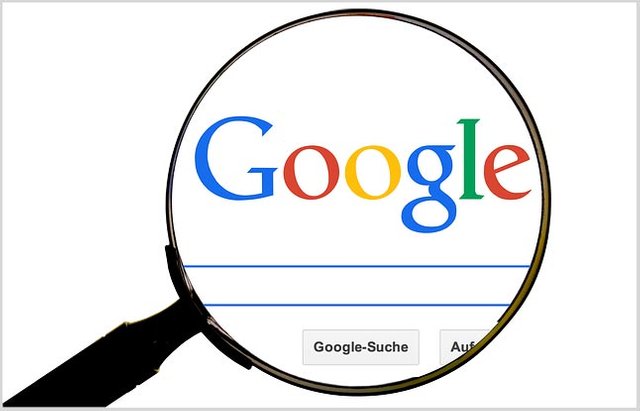How to distinguish truth from fiction
1 . Check the source
If you see the news without a link to the source (especially in social networks) - you have a clear candidate for fake. A quality publication will always indicate the primary source of information - an official website or an account, another media resource, personal correspondents' data from a video or photo.

Here are a few more possible signs of false information:
If the source is a very young or little-known account / site - most likely, it was created for the purpose of misinformation.
If the link does not lead to a specific publication, but to the site in general - it is also very similar to the blurring of the eyes.
If the source is a news aggregator, this is an obvious attempt to deceive. Such sites simply collect information from other resources.
Remember, you must find concrete confirmation of published information - links to authoritative media or officials, photos or videos. Also check the availability of several independent sources.
2 . Pay attention to the photo
Another favorite device for the creators of fakes is a fake photo. This is a fairly simple and cheap tool, and it is used very often.
First of all, carefully study the photo itself. Very often unscrupulous journalists puncture on such details as the inconsistency of weather, landscape, time of day and so on. This can also be attributed to the video.
A good tool is to check using Google's image search. It can be found that the photo was used earlier. To do this, compare the date of publication of the news and the time of the very first appearance of the photo on the network (from Google search).
When checking the fact from other sources, look for photos from other angles, compare the details. If only one photo is used - this can also be a very suspicious sign.
3 . Do not believe the titles
Very many people read the news only on the headlines. These are the costs of the information era, when the data flow is too large, and we just do not have time to process everything. This is used unfair media, somewhat distorting the meaning of the title in comparison with the content of the main article. Be sure to read the material itself, so as not to fall for such a trick.